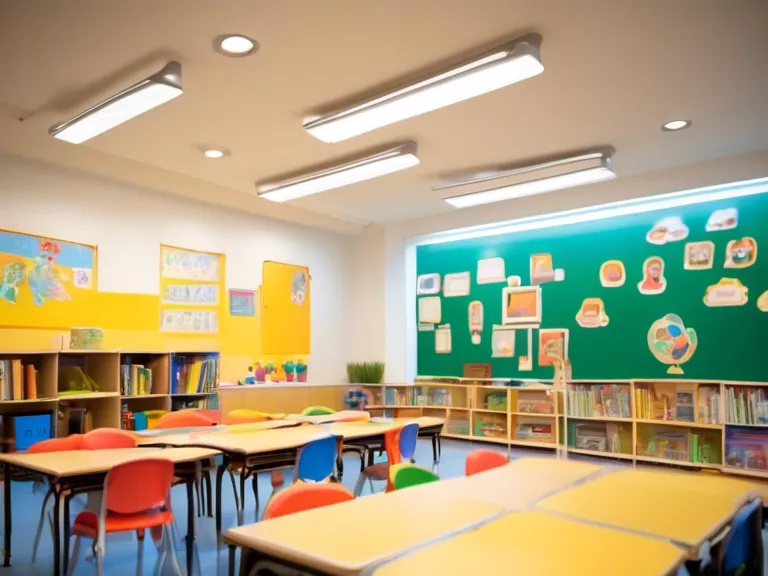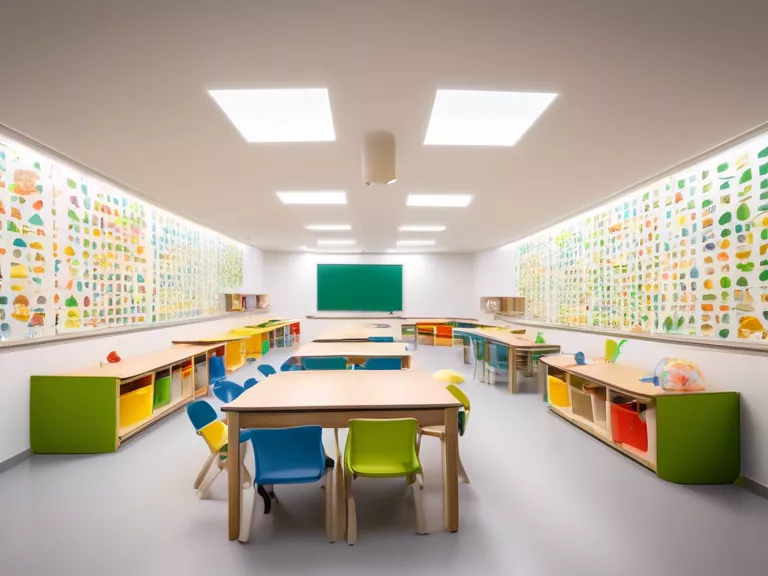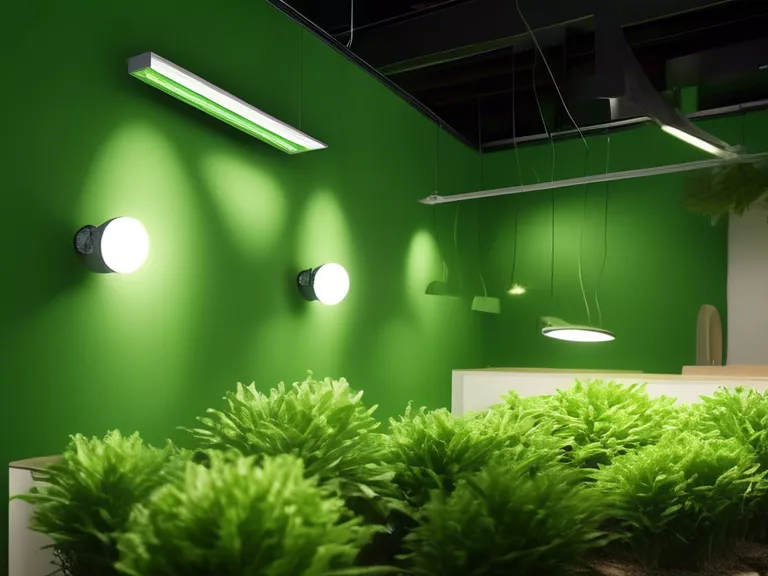
Introduction
In educational settings, lighting plays a crucial role in creating a conducive environment for learning. Not only does proper lighting enhance visibility and comfort for students and teachers, but it also has a significant impact on overall energy consumption within educational facilities. With the increasing focus on sustainability and energy efficiency, schools and universities are turning to energy-efficient lighting solutions to not only reduce costs but also create a better learning environment. This article will delve into the importance of energy-efficient lighting in educational settings and explore the benefits it offers.
Importance of Energy-Efficient Lighting in Education
Proper lighting is essential for creating an optimal learning environment. Inadequate lighting can lead to eye strain, fatigue, and decreased concentration among students and teachers. Energy-efficient lighting solutions, such as LED fixtures, can help improve visibility, reduce glare, and create a more comfortable atmosphere in classrooms, libraries, and other educational spaces. By providing the right amount and quality of light, energy-efficient lighting can enhance students' focus, productivity, and overall well-being.
Benefits of Energy-Efficient Lighting in Schools
Cost Savings: Energy-efficient lighting solutions, such as LED lights, consume less electricity and have a longer lifespan compared to traditional incandescent or fluorescent bulbs. This results in significant cost savings for educational institutions in terms of reduced energy bills and maintenance expenses.
Environmental Impact: By switching to energy-efficient lighting, schools can significantly reduce their carbon footprint and contribute to environmental sustainability. LED lights are more energy-efficient and environmentally friendly, as they do not contain harmful substances like mercury found in fluorescent bulbs.
Improved Learning Environment: Proper lighting is essential for creating a comfortable and productive learning environment. Energy-efficient lighting can enhance visibility, reduce eye strain, and create a more pleasant atmosphere, ultimately improving students' academic performance and well-being.
Enhanced Safety and Security: Well-lit educational facilities are safer and more secure for students, staff, and visitors. Energy-efficient lighting can help improve visibility both indoors and outdoors, reducing the risk of accidents and enhancing overall security on campus.
Implementing Energy-Efficient Lighting Solutions
When considering energy-efficient lighting solutions for educational settings, it's essential to assess the lighting needs of different spaces, such as classrooms, hallways, libraries, and outdoor areas. LED fixtures are a popular choice for schools due to their energy efficiency, long lifespan, and quality of light. Additionally, implementing lighting controls, such as sensors and dimmers, can further optimize energy savings by automatically adjusting light levels based on occupancy and natural light conditions.
Conclusion
Energy-efficient lighting plays a vital role in creating a conducive learning environment in educational settings. By investing in energy-efficient lighting solutions, schools and universities can not only reduce costs and energy consumption but also improve the overall quality of lighting, safety, and well-being for students and staff. With the numerous benefits that energy-efficient lighting offers, educational institutions can brighten minds while also contributing to a more sustainable future.

